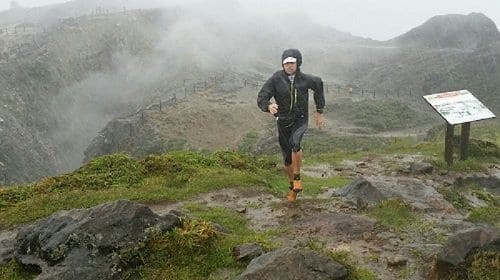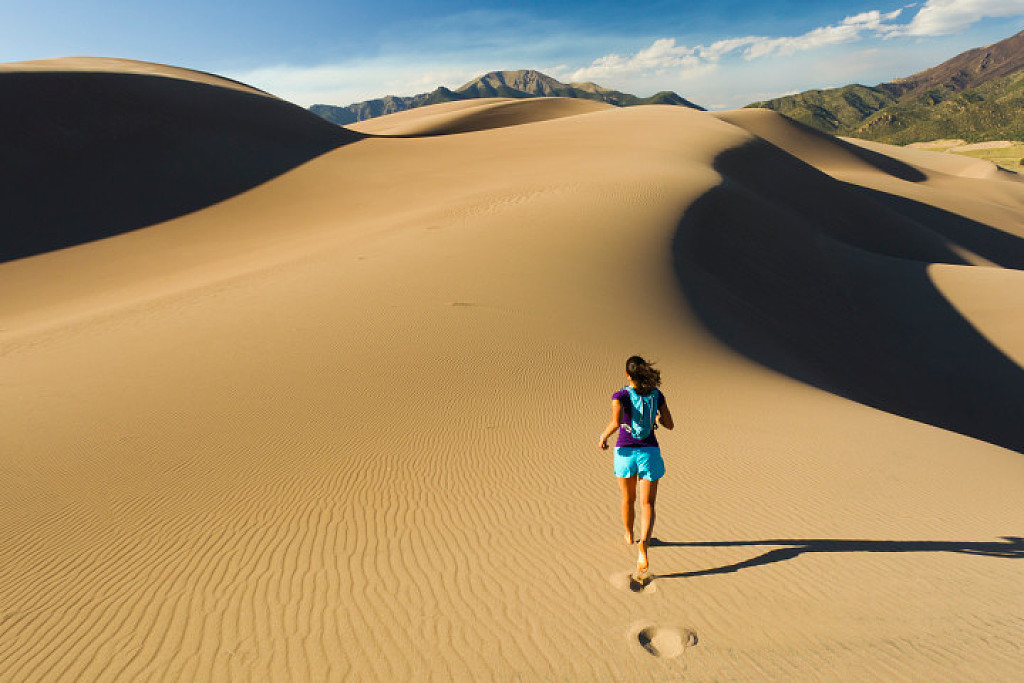Running News Daily
Running News Daily is edited by Bob Anderson. Send your news items to bob@mybestruns.com Advertising opportunities available. Train the Kenyan Way at KATA Kenya and Portugal owned and operated by Bob Anderson. Be sure to catch our movie A Long Run the movie KATA Running Camps and KATA Potato Farms - 31 now open in Kenya! https://kata.ke/
Index to Daily Posts · Sign Up For Updates · Run The World Feed
How you can run in extreme weather conditions
World Athletics is just one organisation amongst many which has responded to the climate emergency by doing its bit to help secure a sustainable environment for future generations. There seems little doubt that climate change will have an impact on sport, and that sport can take steps to reduce its impact on the environment. Major running events such as the Paris and London Marathons already have commitments and policies in place on the environment.
Global warming is the major factor we associate with climate change, but extreme weather events are also becoming more common. The huge cold storm that swept across the southern USA last week, historic fires in Australia and California in recent years, and extreme flooding in the UK are just a few examples. Major and unexpected changes in the weather are something that we will have to prepare and be ready for. If you are a regular runner, how do you cope with such unpredictability? Running may be impossible in extreme weather, but if it is possible, there are a few simple ways to make it practical and enjoyable. Here are my tips:
Adjust your pace.
Exercising in extreme temperatures, especially hot weather, creates extra physiological load that your body has to cope with. So be ready to run slower, and use perceived effort rather than pace as your guide. Similarly, very strong winds will render your pace difficult to judge. I remember running along the Tamagawa River in Tokyo during the “Haru Ichiban” – the first very strong winds of the spring. My headwind and tailwind splits were simply meaningless. Sometimes, leave your watch at home!

Kit and equipment.
Having suitable kit at home for extreme weather is a relatively easy win. Even if you don’t use it often, having clothing for very hot and very cold temperatures to hand when you need it will make training much more enjoyable. The same applies to self-care for after training – electrolyte drinks, shade, a hot bath, insulated clothing. Any number of these items will help you recover.
Change your warm-up.
This applies to training and racing. In very hot weather, the bare minimum will suffice for a warm-up, to avoid unnecessary increases in your body temperature. Similarly, a longer warm-up may be needed in cold weather to ensure you minimise any injury risk. I remember doing only a few minutes’ warm-up before racing marathons in summer championships.

Use it as a dress rehearsal.
Training in extreme weather can bring valuable learning, experience and familiarity for times when you have to race in similar conditions. I always saw races in extreme weather as positive opportunities since the playing field is levelled – if I was very well prepared, and my rivals were sloppy, that was to my advantage. You can’t easily practise for racing in extreme conditions without those same conditions being available for training, other than in a laboratory or other artificial environment. Freak weather for periods of training is a gift that can be made good use of!
Take a break.
Enforced rest can be a blessing. If the weather is so bad that you simply cannot train outdoors, sometimes just give yourself a day off rather than cross-training or running indoors on a treadmill. Now and again, being forced to have a rest can bring positive effects for recovery and long-term consistency.
Help the rescuers.
If, heaven forbid, you end up in serious trouble, life for you and anyone who helps you will be so much better if you have prepared for such an eventuality in advance. For example, always train with personal identification and emergency contact numbers; and always complete the emergency medical information on the reverse of your bib before races.
Extreme weather events make running tricky, but climate change means they will become more common. Taking even small steps to prepare for these events can make a world of difference.
by World Athletics
Login to leave a comment




